O.R.A.N.G.U.T.A.N.S.
I came, I saw, I marveled! Seriously, it was these remarkable creatures that drew me to Sumatra, Indonesia for the holidays in the first place. And they surely didn’t disappoint. The getting there (to Bukit Lawang, a mere 86km northwest of Medan, but…) wasn’t a walk-in-the-park, but once I arrived, I wished I’d allowed more than 2 nights’ stay (before my scheduled flight to Banda Aceh and ferry to Pulau Weh).
Upon arriving in Medan, I spent the night at JJ’s Guesthouse – a homey (albeit the room, a tad grim) little place not too far from the airport. Next morning I headed back to the airport to set up my onward flights to Banda Aceh (northern tip of Sumatra, gateway to Pulau Weh island) for Christmas and later, Padang (on the western coast of Sumatra, gateway to an overnight ferry to the Mentawai islands), etc. But…
Suffice I met a most helpful local lad who sternly advised me that my quest to visit the latter (Mentawai Islands) may well be a bit reckless as apparently malaria is RAMPANT on the isles (and moi, with no preventative malaria prophylaxis). Nonetheless undaunted, we sped off on his motorbike to a local hospital where we found a doctor (my new pal kindly interpreted) who advised a daily dose of doxicyclin which… it turns out can be had without prescription for a mere $3 for 30 tablets (in the States, such no doubt it would cost 400 times that!). Thus, with tablets in hand, the plan was to then take a 4 hr. bus to Bukit Lawang the same day.
Ah, but we’d diddled the morning away, and missed the last bus, so I hired a private car (unsurprisingly pricey at $20) to take me to Binjai (about halfway to Bukit Lawang) where I then picked up a mini-bus to take me the remainder of the way to BL. About 5 hrs. total, arriving in Bukit Lawang (which translates to “Gateway to the Hills”) about 5pm.
Somewhere along the way I picked up another guide (t.r.u.s.t is a necessary, if carefully applied trait of the intrepid traveler) who escorted me and my backpack across the… (what can only be described as dubiously secure) rickety, swinging, bamboo-and-a-few-boards, bridge across the Bahorok river.
On the other side (it was now dusk, and growing dimmer) we found a seemingly passable “hotel” but upon peering into one of the 50,000 rupees per night rooms (about $5) I politely inquired if there was anything a tad “nicer” nearby. Whereupon my trusty new guide led me through the jungle about 500ft. to the “Eco-Lodge”. Bearing in mind that this is December 22 (i.e. rather the height of the holiday season), I was lucky that there was one room available – the “Butterfly” room for just 155,000 (about $16). And a most lovely room it was!
Settled in nicely, the next morning I set out on a half-day jungle trek into Gunung Leuser National Park (you need both a guide and a permit) in search of the legendary Sumatran orangutans.
Situated on the edge of Gunung Leuser National Park (“Gunung” means “Mountain” in Indonesian), Bukit Lawang is famous for the Bohorok Rehabilitation Centre now known as the Orangutan Centre. Orignally established to re-introduce ex-captive orangutans into the wild (in 2004 over 100 orangutans were found in Thailand as pets!) the center no longer accepts additional animals, but does offer a purposfully monotonous diet of bananas and milk to encourage the ex-captive orangutans to forage in the wild. Different orangutans come on different days and the feeding enables the rangers to observe the apes to make sure they are coping well with living in the wild.
The park also is home to a number of other tropical creatures including the Thomas Leaf Monkey, Black Gibbon, White Handed Gibbon, Sumatran Tiger, Sumatran Rhinoceros, and Sumatran Elephant. Alas, no rhinos, nor tigers, nor elephants on our 4 hour jungle trek. But we did see plenty of monkeys, as well as a spectacular White Handed Gibbon that seriously took my breath away!
And of course we happily sighted our fair share of the bright orange orangutans (about 5 in all) – not at the feeding station (for my guide wisely steered us away from the handful of other tourists clustered there at feeding time), but rather – purely in the jungle treetops, deeper in the jungle.
And finally, I shall close with a handful of additional interesting facts about orangutans:
- The orangutan is one of our closest relatives in the animal kingdom, sharing 96.4% of our DNA.
- Like we human mamas, female orangutans also carry their young 9 months, producing a baby on average only once every 7-8 years. Infants are dependent on their mothers for at least five years, learning about survival in the forest.
- Orangutans live for around 45 years in the wild, and a female will usually have no more than 3 offspring in her lifetime. This means that orangutan populations grow very slowly, and take a long time to recover from habitat disturbance and hunting.
- Unlike chimpanzees and gorillas (that spend most their time on the ground), orangutans spend their lives in the forest canopy, even building nests in the trees in which to sleep. Indeed, after watching one orangutan mother with babe, she climbed/swung high in the trees to settle into her nest (a cluster of leafy branches) where she relaxed while the babe romped playfully around the rim of the nest.
- Wanna hear what an orangutan sounds like? CLICK HERE
- Once widespread throughout the forests of Asia, orangutans are now confined to just two islands, Sumatra and Borneo. Both species are highly endangered due to habitat loss and poaching. The greatest threat to these creatures’ survival is the former: severe habitat loss. Indeed, I saw for myself the acres and ACRES (as far as the eye could see) of palm plantations en route to Bukit Lawang – where pristine jungle used to be.
| Short of jumping on a soap box, I can only say this: Ladies, please: Check your cosmetics and face creams – it’s “palm oil” that is the insidious (and frivolous) reason for much of the devastation of jungle habitat ’round the globe. Seriously, it might seem a small thing, but if each of us refused to support such utterly unnecessary devastation of the Asian jungles, maybe, just maaaaaaybe, my grandkids might one day likewise see an orangutan in the wild like their nana. |
This missive has been brought to you from the beaches of Pulau Weh – my “home” here on the northern tippy-tip of Indonesia for the past few days. It’s been tough finding a good connection to upload pics, and peck this post, so it may be a goodly while til I can post another update. Day after tomorrow it’s a ferry back to Banda Aceh on the mainland, then off to Lake Toba for me.
But for now – time to shut off the (dwindling battery) juice of this confounded techno contraption, and head for the blue Indian Ocean lapping at the sandy shore before me. I’m off to try a bit of (rumored to be among the best in the world) snorkeling. Oh, and uh…
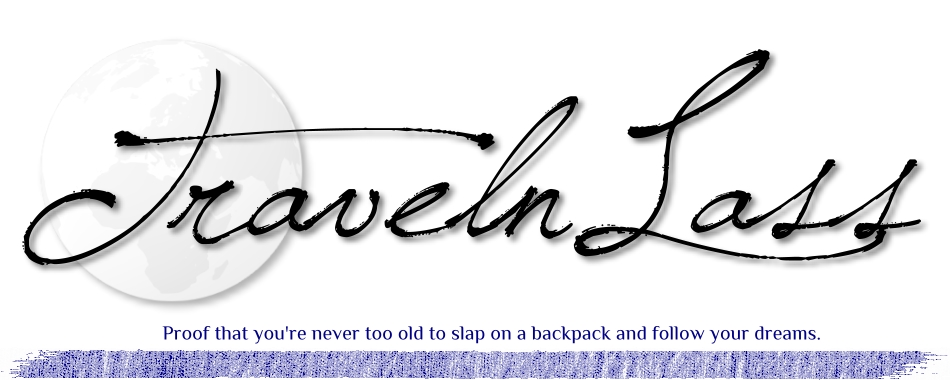
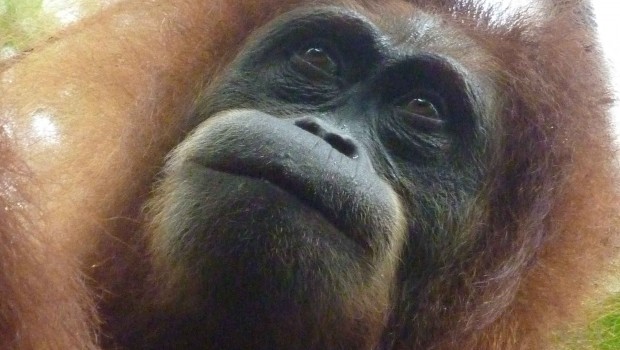
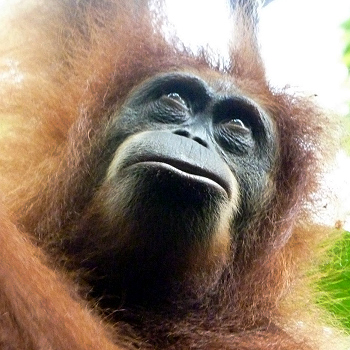
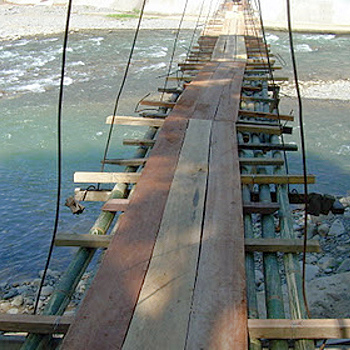
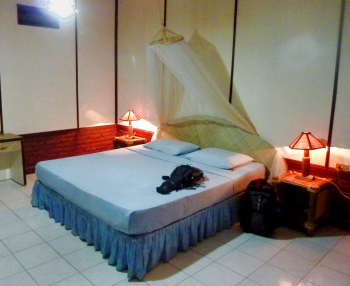
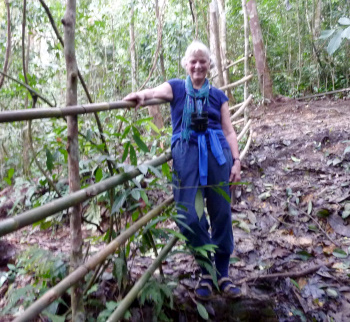
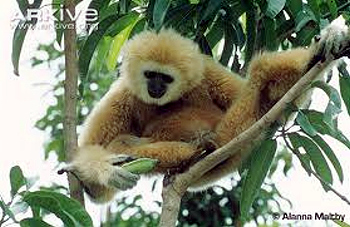
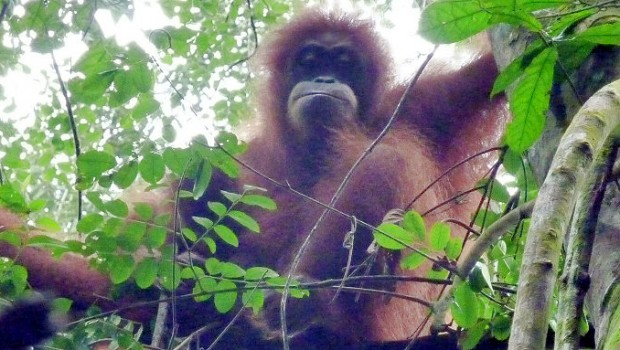
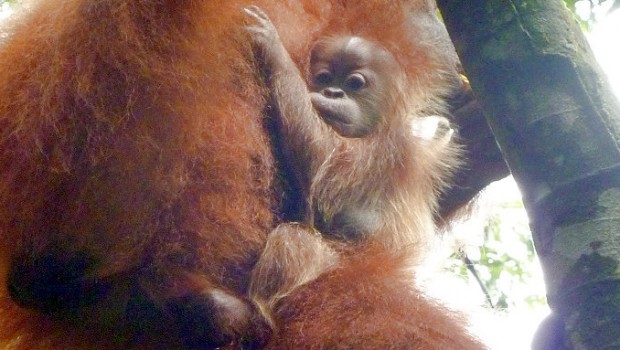
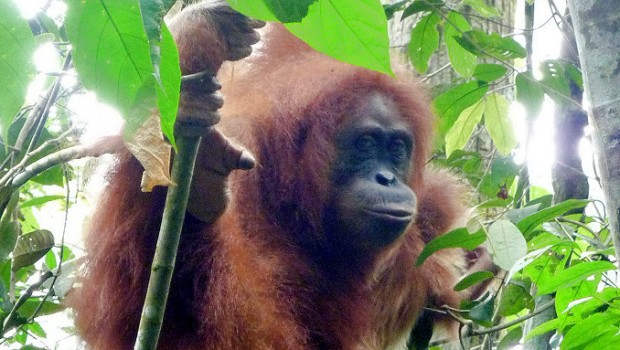
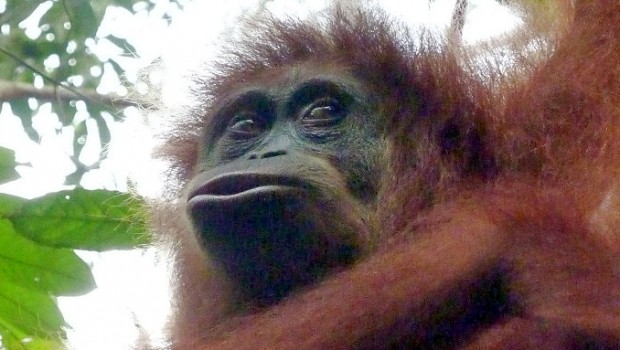
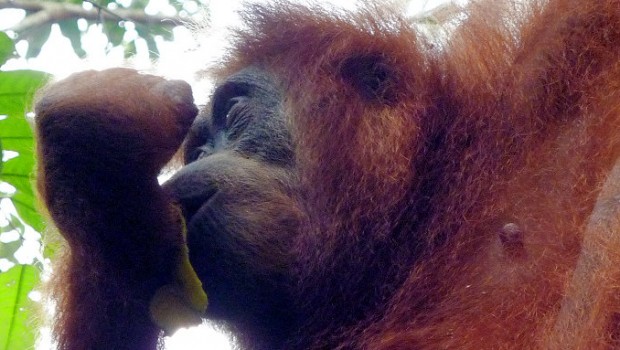
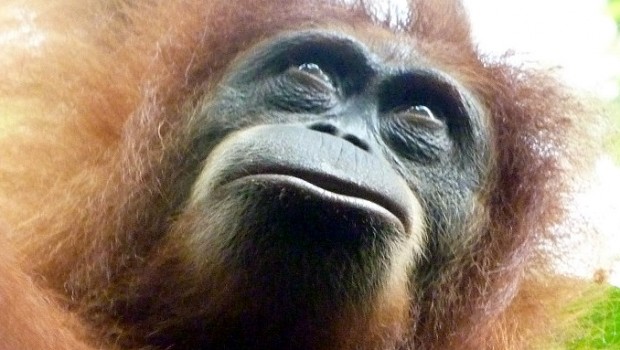
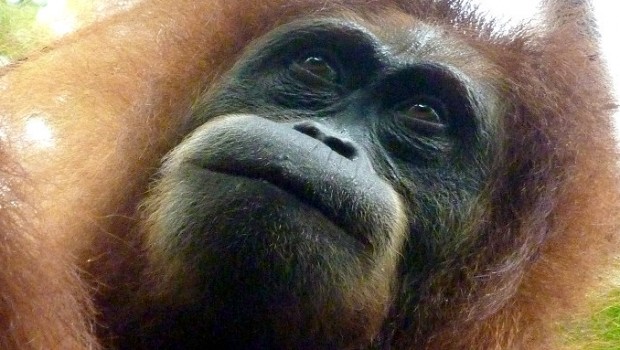
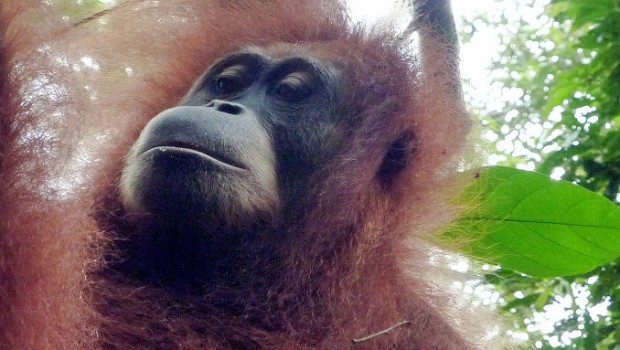
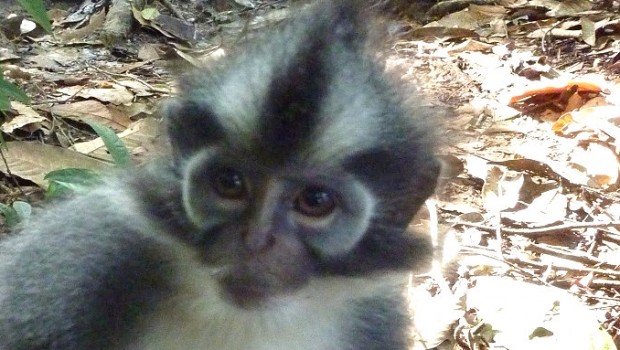
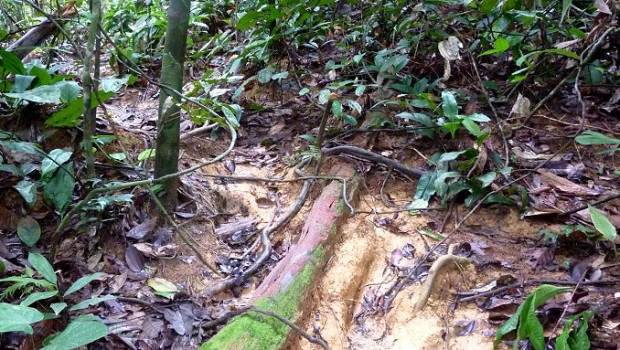
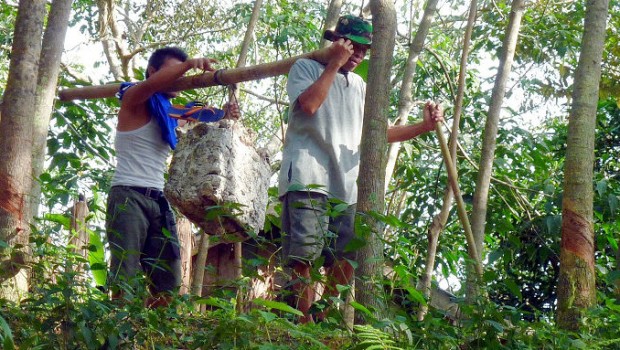
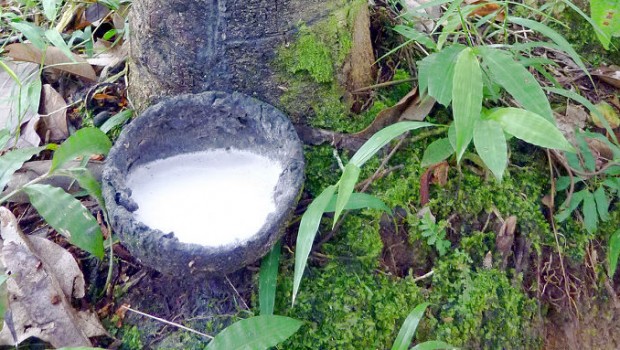
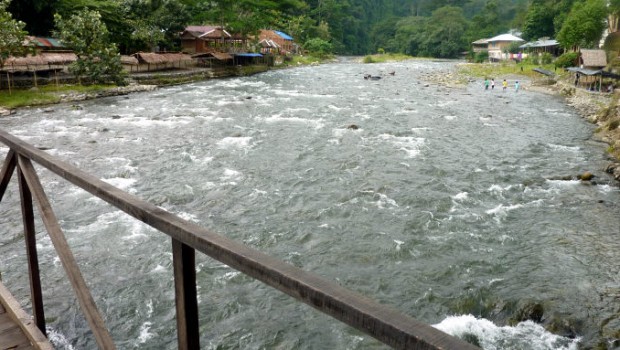
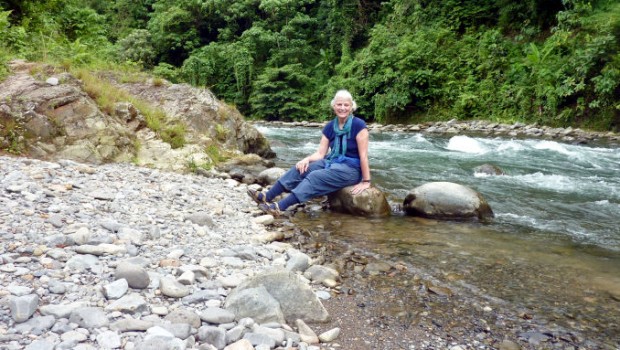
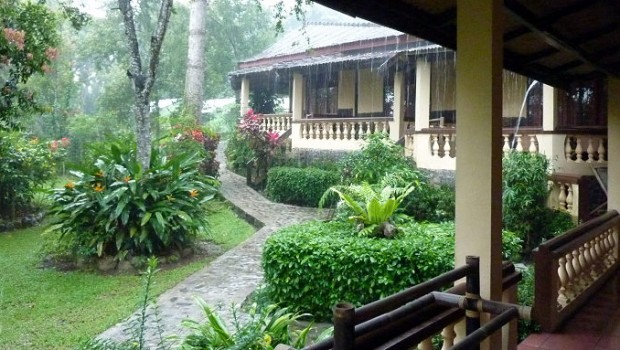
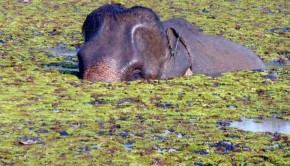
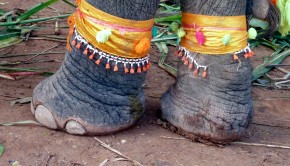
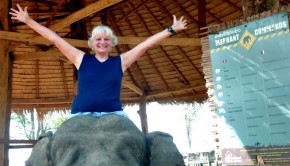
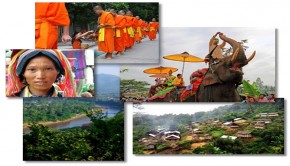
 Off-the-beaten-path travel is my passion, and I’ve always lived life “like a kid in a candy store” – eager to sample as many flavors as I can. Indeed, my life motto has long been:
Off-the-beaten-path travel is my passion, and I’ve always lived life “like a kid in a candy store” – eager to sample as many flavors as I can. Indeed, my life motto has long been:
















Thanks, Dyanne. I am trying to do a compare and contrast on my blog about the touristy orangutan experience versus the wild experience, but maybe that is a false contrast. I’ll go to Bukit Lawang and see what I can find. I can always write a post about palm oil plantations instead.
I had thought of going to Sepiloc but wanted to stay in Indonesia just to avoid getting another visa. I think all the orangutan “rehab” centers have now stopped saying that they return them to the wild. Maybe they do, in a way…
AIS Beth, it’s been a few years and things may have changed, but I rather doubt you’ll find much difference between the national park vs. the Bukit Lawang rehab center – especially if you hire a private guide to steer you away from the feeding station. But yes, I think a far more troublesome point is the plethora of palm oil plantations (as I mention in my post here).
That said, I’m not sure what you mean about “…avoid getting another visa”. As I recall, Malaysia (and thus Malaysian Borneo where the Sepilok center is) doesn’t require anything special – simply a VOA (Visa On Arrival) – gratis as I recall.
Dyanne,
Todd and I are planning to go to this national park. I want to go to the Orang Center to do a comparison of seeing them in the wild and seeing them via the Center. Did you do a tour of the Center?
Gosh Beth, it’s been more than 4 years since I was there so I don’t remember the details. But suffice, I hired a personal guide at my hotel, and (as mentioned) he was great – steering a wide berth of the feeding station, and all the wildlife/orangutans we saw were effectively “in the wild”.
Not sure what you mean by a “tour of the Center” as there really isn’t much of anything there save the jungle trails and the small feeding station. And as Bukit Lawang lies adjacent to the National Park (and it’s all one big jungle), I’d say you’re not likely to find things much different between the two.
That said, what I CAN say definitively is… Allegedly the Sepilock Orangutan Rehabilitation Center near Sandakan on Malaysian Borneo is a recommended locale to see wild orangutans, but… I’ve now been to both (Bukit Lawang and Sepilock) and the center at Sepilock was very disappointing. Very touristy, controlled boardwalk to the feeding station, nothing at all “wild” about it. Thus I highly recommend Bukit Lawang for seeing those amazing orange creatures in the wild.
i would like to hug them all.
Love reading the animal posts <3 I suspect a day off of work this week will be dedicated to swimming through your travels.
x
My, my, you ARE rummaging around deep in the archives. 😉 But yes, yes, – seeing these incredible creatures up close in the wild was amazing. Highly recommend visiting Bukit Lawang should you ever find yourself in Sumatra.
I understand you can also see them somewhere in Malaysia – I may just check that out come September…
What a cool experience! So glad you got to do this!